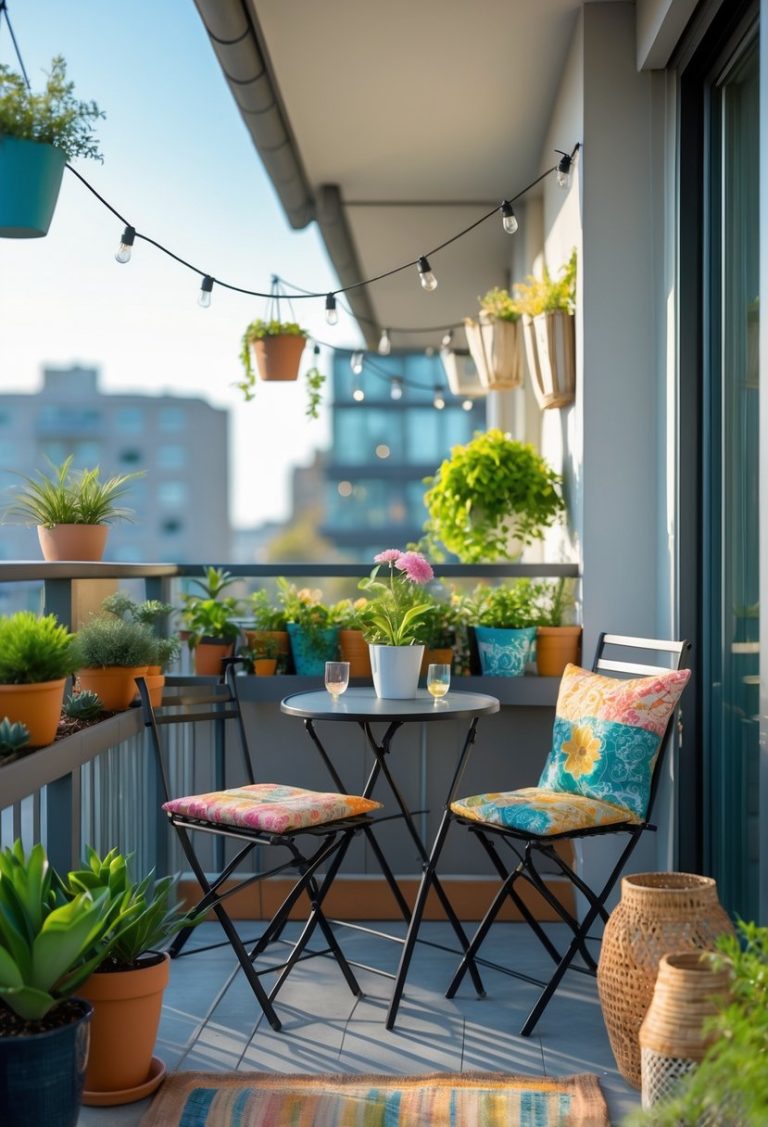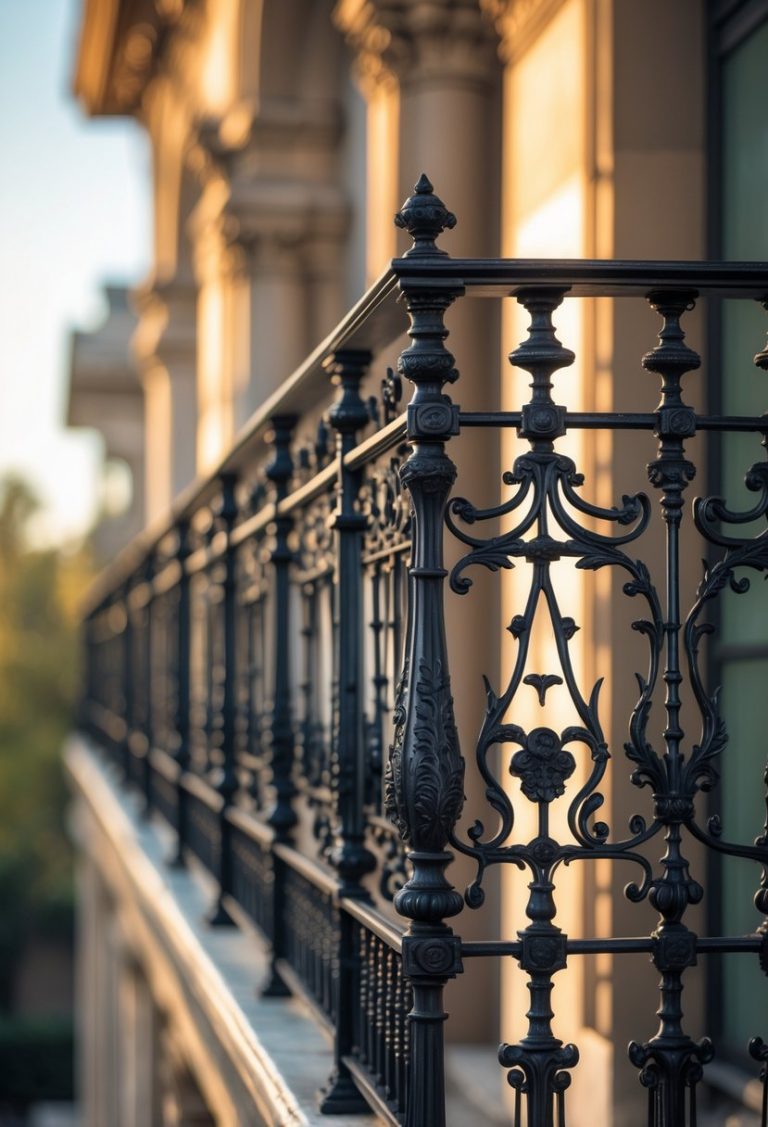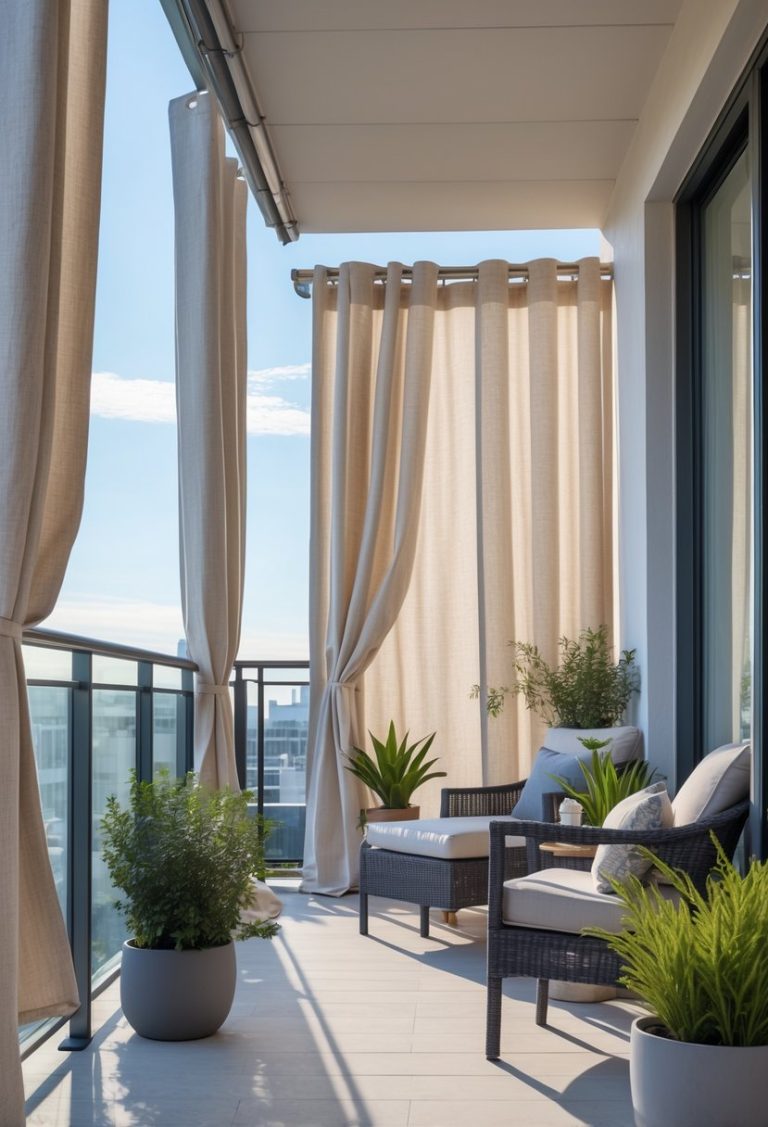Balcony Railing Design Ideas: Top 7 Stylish and Durable Options
Balcony railing design plays an important role in both the safety and appearance of outdoor spaces. It affects how a balcony looks and how secure it feels for people using it. Choosing the right design helps balance style with practical needs.

The key to balcony railing design is finding options that provide safety while complementing the home’s overall look. There are many materials and styles to consider, each suited to different needs and preferences. Proper design also ensures the railing meets building codes and safety rules.
1) Glass Panel Railings for Modern Minimalism
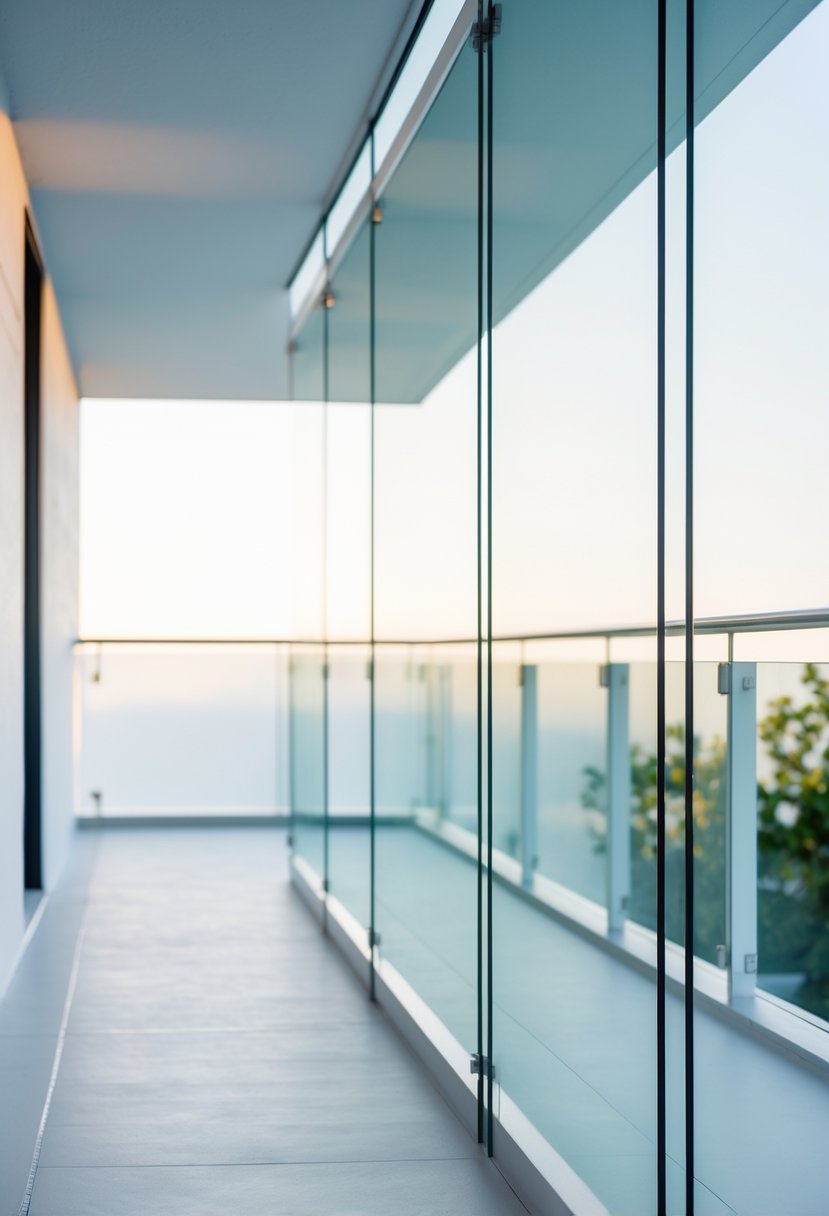
Glass panel railings offer a clean and simple look that fits modern minimalism. They use large, clear glass pieces with thin metal frames or no frame at all. This design allows for better views and more natural light on the balcony. The glass panels provide safety without blocking the outdoor scenery.
2) Wrought Iron Railings with Decorative Scrollwork
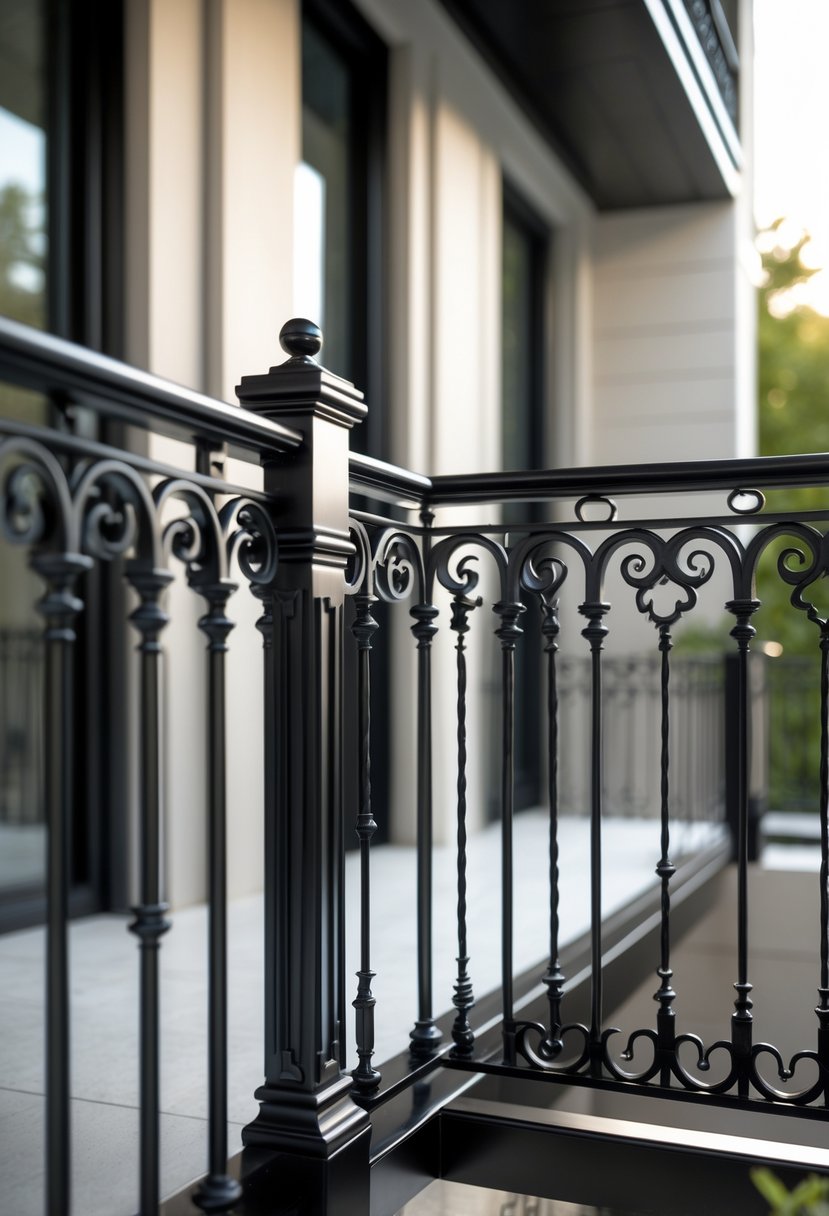
Wrought iron railings often feature decorative scrollwork. This design adds a classic and elegant look to balconies.
The scroll patterns provide both style and strength. They can fit many architectural styles, from traditional to modern.
These railings are durable and offer good safety. They also allow for open views while securing the space.
3) Stainless Steel Cable Railings for Sleek Appearance

Stainless steel cable railings give balconies a modern and clean look. They use thin steel cables stretched between posts, which keeps the space open and allows airflow.
These railings are durable and easy to maintain. They resist weather well and can match different design styles, especially when paired with glass or wood elements.
4) Wooden Baluster Railings for Classic Charm

Wooden baluster railings provide a timeless look that suits many home styles. They offer both safety and elegance with their simple, vertical design.
These railings can be painted or stained to match a house’s color scheme. Many people choose wood for its natural warmth and classic feel.
5) Concrete Railings with Geometric Patterns
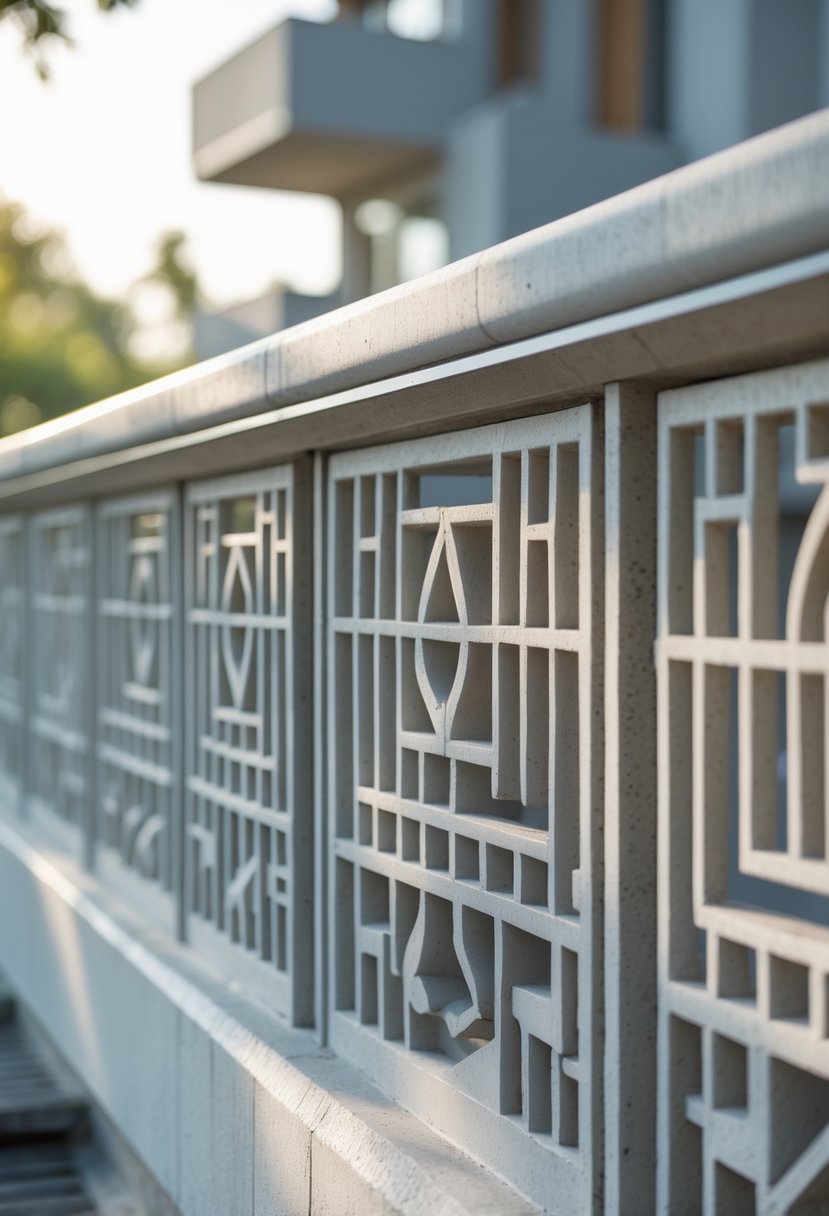
Concrete railings with geometric patterns add a modern touch to balconies. They combine strength with stylish shapes like squares, triangles, or hexagons.
These designs offer both safety and an artistic look without needing extra materials. They work well for homes wanting a clean, contemporary feel.
The patterns can vary in size and complexity, making each railing unique and tailored to the space.
6) X-Style Decorative Metal Railings
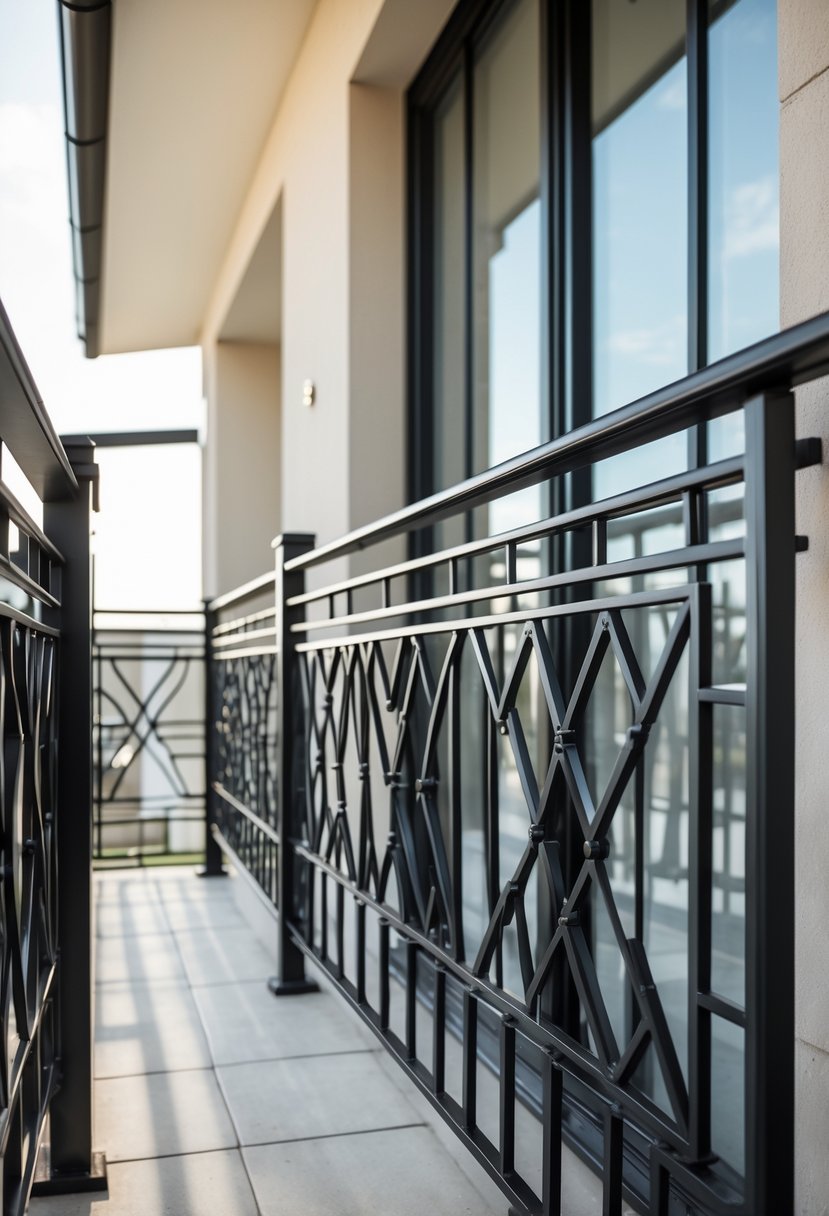
X-style metal railings add a distinctive look to balconies. They form an intersecting pattern that offers both strength and visual interest.
This design fits well with modern and traditional homes. The metal used is often steel or wrought iron for durability.
It helps balance safety with style, making the balcony feel open yet secure.
7) Bamboo Railings for Eco-Friendly Design

Bamboo railings offer a sustainable choice for balcony design. They are strong, weather-resistant, and create a natural look.
These railings suit both modern and traditional styles. Bamboo also adds texture, making the space feel warm and eco-friendly.
Because bamboo grows quickly, it is a renewable material. This makes it an attractive option for those focused on green building.
Key Safety Considerations

Balcony railings must meet specific rules to keep people safe. These include following building codes and adding features to protect children and pets. Both aspects are essential to prevent falls and injuries.
Building Codes and Regulations
Building codes set the minimum height, strength, and spacing rules for balcony railings. Typically, railings must be at least 36 to 42 inches tall, depending on local laws. This height reduces the risk of people falling over.
The spacing between railing balusters is also important. Openings should be no wider than 4 inches to stop children from slipping through. Materials used must withstand strong wind loads and weather changes to avoid weakening over time.
Proper fastening and secure installation are required to ensure the railing stays stable. Meeting these codes is not just legal but vital to protect occupants.
Child and Pet Safety Measures
Railings must prevent climbing and accidental falls for children and pets. Smooth surfaces without footholds reduce climbing chances. Avoid horizontal bars or rails that can act like ladders.
Adding clear panels, like tempered glass, can block gaps and give unobstructed views while increasing safety. For pets, the railing should be high enough that they cannot jump over.
Extra features like rail guards or mesh can be added to existing railings to close gaps without altering the structure. These safety measures reduce accidents in homes with small children or pets.
Material Choices and Maintenance

Choosing the right material for balcony railings affects both style and effort over time. Different materials vary in strength, look, and how much care they need. It is important to know the pros and cons of each option and what maintenance is required to keep the railing safe and attractive.
Comparing Common Railing Materials
Common balcony railing materials include wood, glass, stainless steel, wrought iron, aluminum, composite, and PVC. Wood offers a classic look but can warp or rot if not properly sealed. Glass provides an open view and modern style but needs regular cleaning to stay clear.
Metal options vary in strength and rust resistance. Stainless steel and aluminum resist corrosion better than wrought iron, which needs painting to prevent rust. Composite materials combine durability with low maintenance but often cost more upfront. PVC is lightweight and resistant to weather but can look less natural.
Each material matches different budgets and styles, so the choice depends on appearance, safety, and how much maintenance is acceptable.
Weather Resistance and Upkeep
Materials respond differently to weather conditions like rain, sun, and snow. Wood requires sealing or staining every few years to protect it from moisture and UV damage. In very wet or hot climates, this is critical to avoid decay or cracking.
Metal railings must be checked for rust. Stainless steel and aluminum are better for humid or salty environments. Painted wrought iron needs periodic repainting to maintain protection.
Glass railings need cleaning to remove dirt and watermarks but do not degrade from weather. Composite and PVC require little maintenance, mainly washing. Proper care extends the life of the railing and keeps it safe for use.

